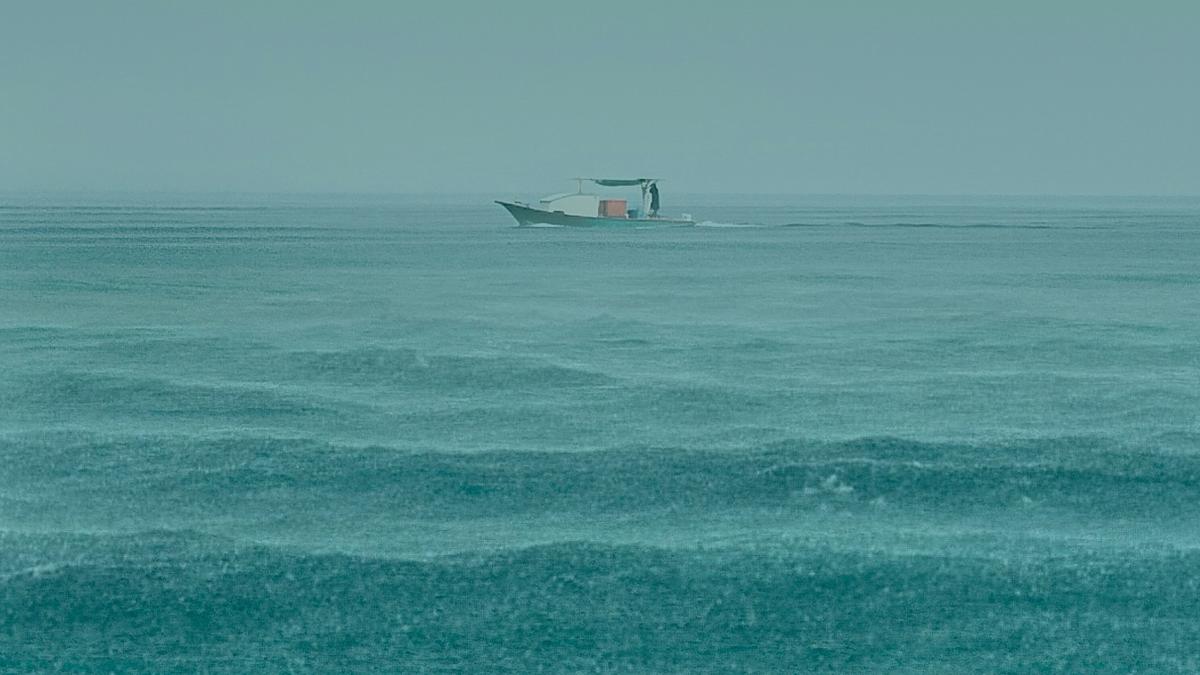Researchers have found a ‘cold rain zone’ in the western Pacific and Indian Oceans where rain was associated with more heat loss.
| Photo Credit: Hassan Rafhan/Unsplash
When it rains over the ocean, does it make the surface water more buoyant? Scientists have long assumed so because rainwater is fresh and freshwater is lighter than seawater. However, a new study by researchers at the University of Washington in Seattle, US, has found that the answer is actually more complicated. The study was published in July.
Rain in the tropics often comes with large clouds and cold, dry air called cold pools. These cold pools can actually cool the ocean’s surface by blocking sunlight and increasing the transfer of heat from the water to the air. So instead of making the surface lighter, which would help mix waters in the ocean, rain sometimes makes the surface heavier and more stable.
The researchers used data from 22 buoys across the equatorial oceans that measure rainfall, sea surface temperature, wind speed, and heat transfer. The duo analysed more than 31,000 hours of rainfall events from this data, focusing on the buoyancy flux, which combines the effects of heat and freshwater. If the buoyancy flux is positive, the ocean surface is less stable and promotes mixing.
They found that during light rain (0.2-4 mm/hr), buoyancy flux was often positive, meaning it tends to destabilise the ocean and promote mixing. But during heavier rain, the buoyancy flux was almost always negative, meaning the ocean surface was more stable. This is because heavy rain is usually accompanied by stronger cold pools that pull heat out of the ocean more effectively.
The study also found that at night, rainfall was more likely to cause instability than during the day. Geography also mattered: the researchers identified a ‘cold rain zone’, mainly in the western Pacific and Indian Oceans, where rain was associated with more heat loss, and a ‘hot rain zone’ in the central Pacific where heat loss was less intense.
These differences were tied to sea surface temperatures and the strength of the accompanying atmospheric downdrafts.
“The sky doesn’t just water the sea, it alters its balance,” Dipanjan Chaudhuri, a postdoc at the Applied Physics Laboratory at the University of Washington and the study’s first author, said. “This matters because ocean mixing plays a key role in regulating the climate by transporting heat, carbon, and nutrients. Any gaps in understanding how rainfall affects the ocean can lead to inaccuracies in weather and climate predictions.”
Published – August 03, 2025 06:00 am IST
